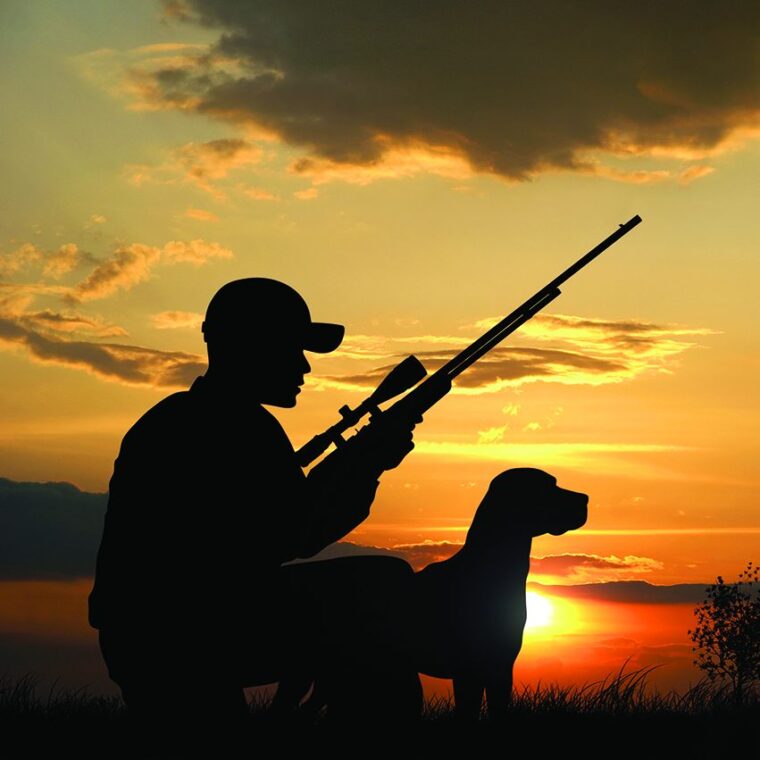Simple Safety Protocols That Can Protect Hunters
September 7, 2023 | Advice, Hunting, Outdoors

Hunting is big business in North America. In 2017, more than 15 million people hunted in the United States. The National Shooting Sports Foundation reports that sportsmen and women contribute nearly $9.4 million to the economy every day.
Millions of hunters take to forests and fields every year. Seasoned hunters and novices alike can benefit from revisiting some safety procedures before their first outing this season.
Weather
Weather should be a consideration whenever people spend a significant amount of time outdoors. Hunters typically leave before dawn and arrive home after dusk. Hypothermia is a very real risk for hunters who may be out in snow or wet conditions. It’s possible to get hypothermia by overdressing as well. Sweating and then being exposed to dropping temperatures puts people at risk for hypothermia. Hunters should dress in layers with moisture-wicking materials and a water-repellant outer layer. In addition, check the weather forecast before heading out as a last second precautionary measure.
Firearm Safety
Firearm safety is a critical component of safe hunting. Hunters use rifles, shotguns and other firearms. Each gun is different, so hunters need to familiarize themselves with new firearms before using them. The following are some additional firearm safety tips, courtesy of State Farm Insurance and Southern Land Exchange.
· Always treat a firearm as if it is loaded.
· Keep your finger off the trigger until ready to shoot.
· Only point at what you plan to shoot.
· Clearly identify your target and what is beyond it.
· Fire within the zone-of-fire, which is the 45-degree area directly in front of each hunter.
· Firearm chambers should be emptied when guns are not in use.
· Use appropriate ammunition.
· Never modify or alter the gun.
· Never cross a fence, jump a ditch or climb a tree with a loaded gun.
· Never rely on a gun’s safety.
Additional Safety Tips
Hunters should always let others know where they will be when leaving in the morning. If something should happen, people back home can alert authorities if something goes awry. Always check equipment and maintain it properly. Equipment should include gear colored in hunter’s orange. That extends to dogs if they are accompanying hunters on a trip. This makes hunters more visible to other hunters. Also, carry a first aid kit, a charged mobile phone or a satellite phone to maintain contact with others in case of emergencies.
These are just some of the safety protocols that should be followed when hunting. Non-hunters should exercise caution during hunting seasons, particularly when entering forests and areas that hunters frequent.

Timely Tips Newsletter
Get timely tips delivered straight to your inbox.
